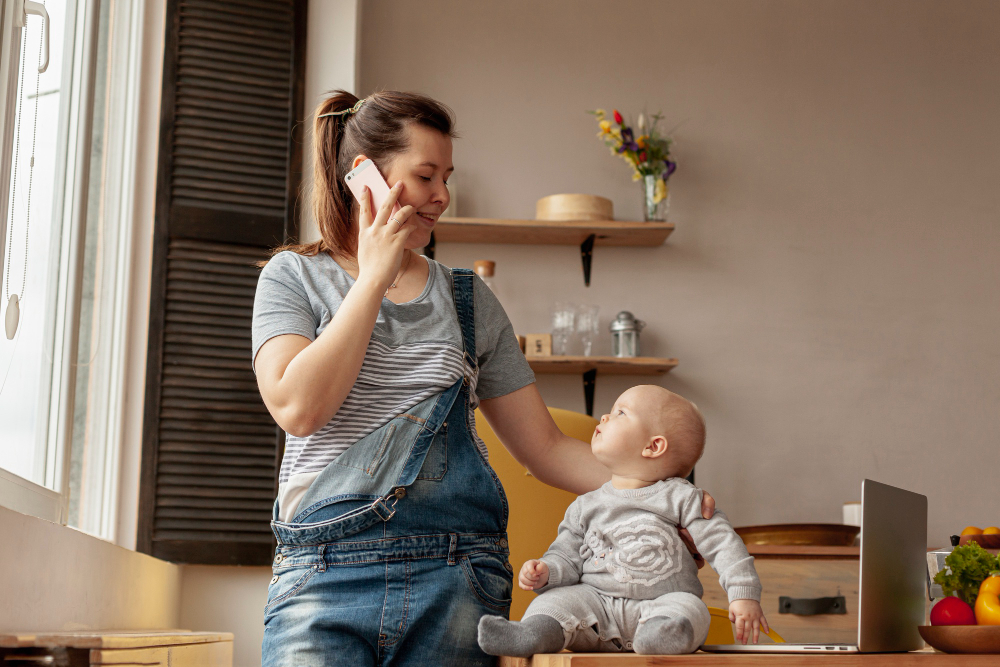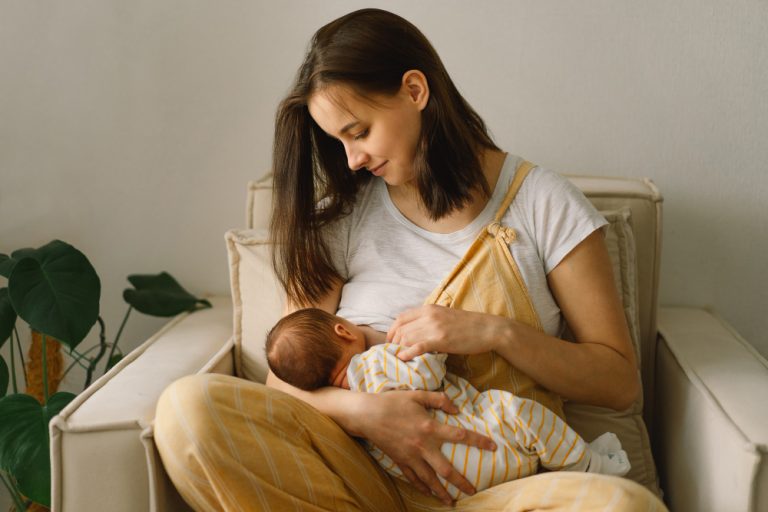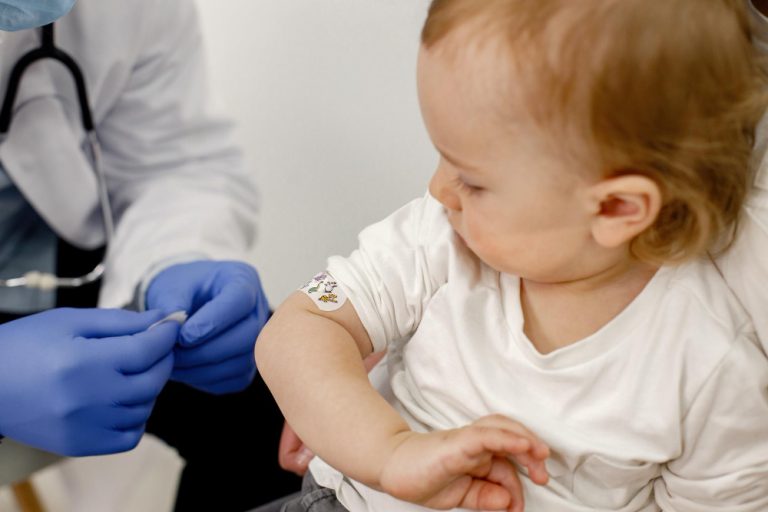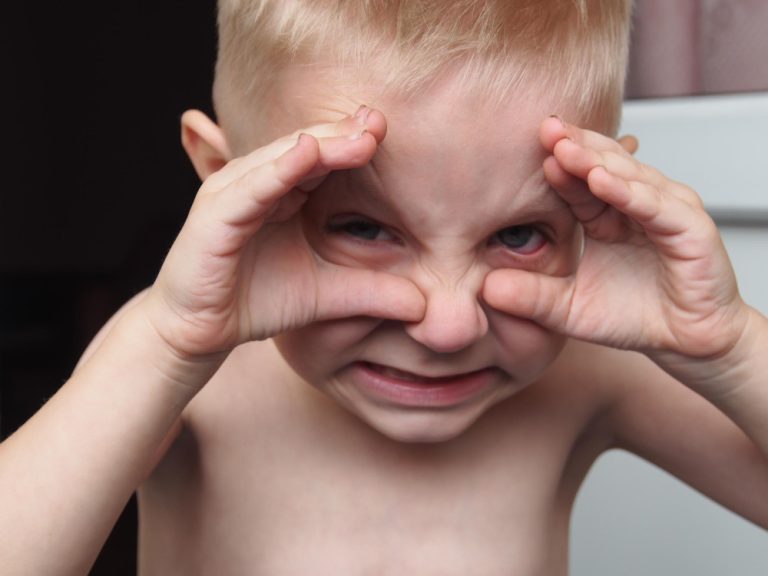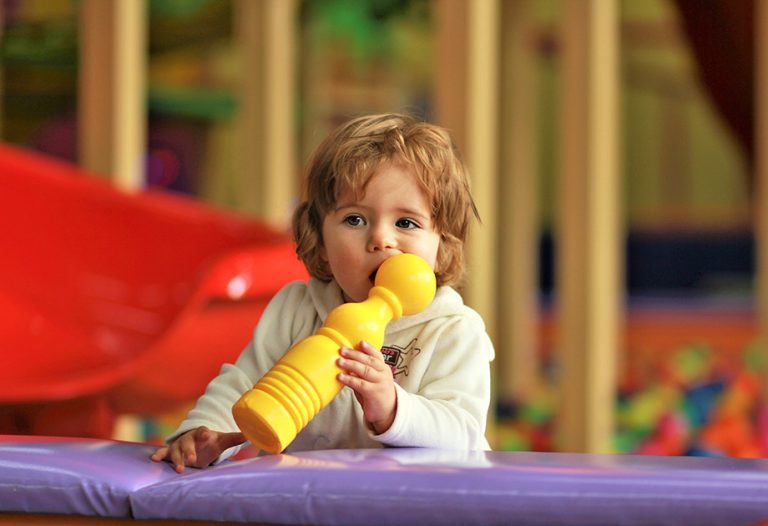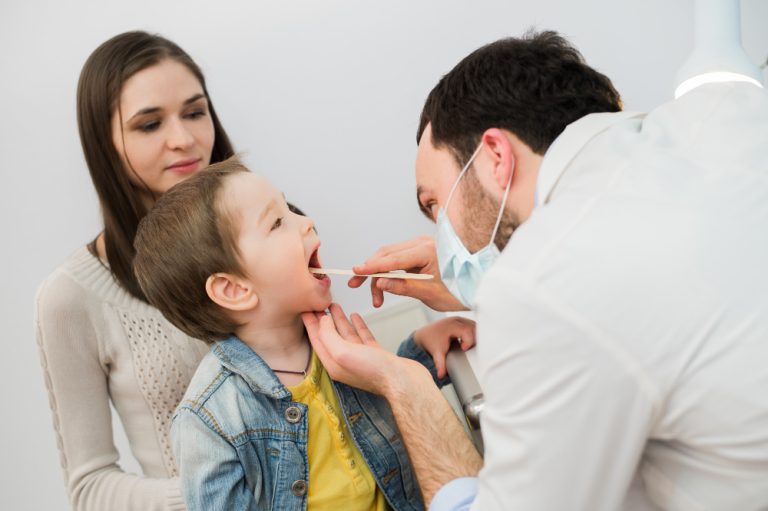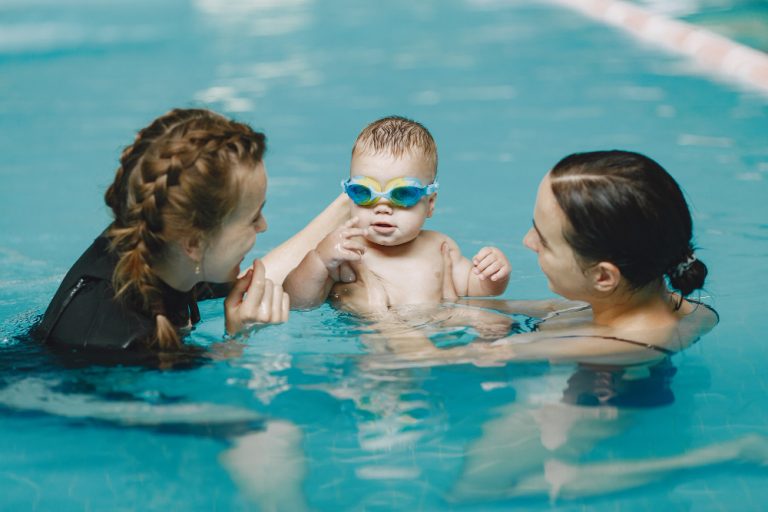When Do Babies Start Babbling? Baby Babbling 101
Are you eagerly waiting for your little one’s first words? Have you ever wondered what your baby is trying to say when they babble?
Do you want to understand the journey of language development in babies and when do babies start babbling?
If yes, then you’ve come to the right place! The process of language development in babies is a fascinating milestone, and knowing when to expect those first few words can be a game-changer for parents.
From the first cooing sounds to the formation of simple word-like sounds, we will uncover the progression of communication skills in infants and the significance of these early vocalizations.
Join us as we unravel the mysteries of when do babies start babbling, providing you with developmental milestones, tips to encourage babbling, signs of potential speech delays, and when to seek professional guidance.
Introduction to Baby Babbling
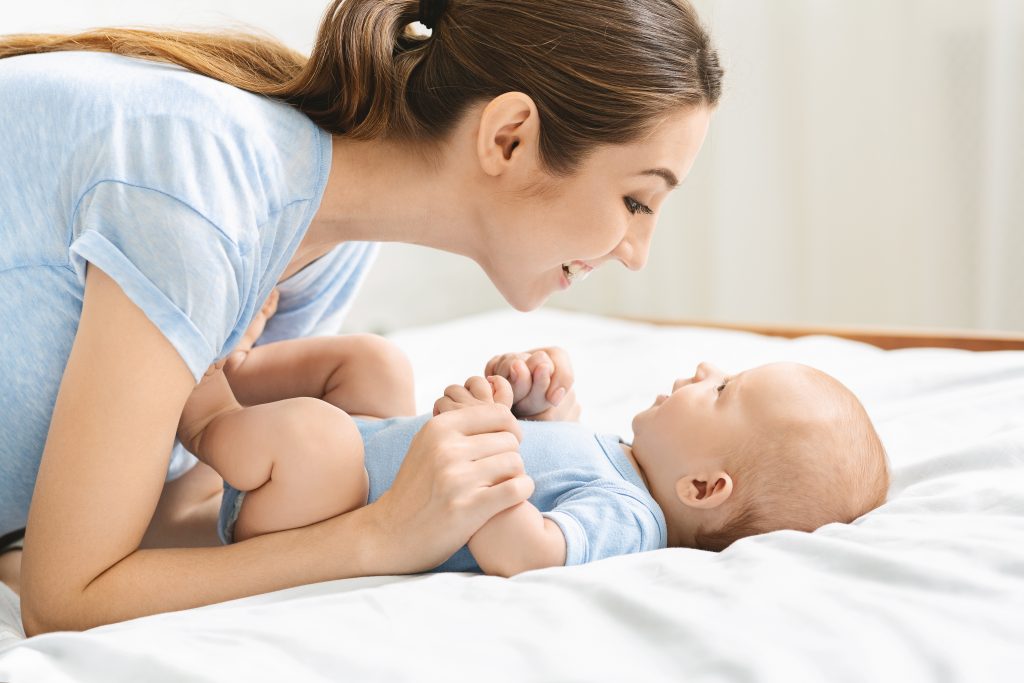
Babies are born with an innate ability to communicate and connect with others, and one of the earliest forms of communication they engage in is babbling.
Baby babbling refers to the random sounds and vocalizations infants make in their early months of life. While it may seem like mere gibberish to adults, babbling plays a crucial role in a baby’s language development.
Babbling serves as a foundation for speech and language skills, laying the groundwork for future communication milestones, such as saying their first words. It helps babies learn to control their vocal muscles and experiment with different sounds, including single syllables and vowel sounds.
Through babbling, infants begin to explore and understand the rules of language.
This adorable babble stage also serves as an important way for babies to engage with their caregivers and build social connections. Parents often find themselves captivated by the oh-so-adorable baby babbles and respond with animated conversations and silly songs, enabling early social interaction and bonding.
While baby babbling may seem like nonsense talk, it is, in fact, a significant milestone in an infant’s language development. As parents and caregivers, it’s important to welcome and encourage these early vocalizations, as they are the building blocks for a child’s journey toward meaningful speech and language skills.
What Does Babbling Mean?

Babbling is a crucial stage in a baby’s language development journey. It refers to the production of repetitive syllables, sounds, and vocalizations that babies make before they start using recognizable words.
This stage is significant as it marks a key milestone in communication and lays the foundation for speech and language skills.
During babbling, babies experiment with different sounds, tones, and rhythms, using their vocal cords and mouth muscles to produce a range of noises.
These sounds may include consonants, vowels, and combinations of both, creating a delightful babble that parents often cherish and adore.
Babbling serves several important purposes:
- First and foremost, it helps babies explore and practice the various sounds and patterns they hear in their environment.
- It is a way for them to engage with their caregivers and communicate their needs, emotions, and desires.
- It also helps in developing the muscles necessary for speech production and promotes overall oral motor skill development.
This stage typically occurs around the age of 6 to 9 months, although individual variations exist.
At first, babbling may consist of simple sounds like “ba,” “ma,” or “ga.”
As babies progress, they start mimicking intonations, rhythms, and even facial expressions of the people around them, creating a back-and-forth interaction that strengthens their social and communication skills.
It is important to note that babbling is a normal part of a baby’s language development, and it shouldn’t be confused with their first meaningful words. However, it sets the stage for future language acquisition and paves the way for the exciting world of words and sentences.
As a parent or caregiver, you can support your baby’s babbling journey by providing a stimulating and language-rich environment. Engage in conversations, read aloud, sing silly songs, and respond to their vocalizations with enthusiasm. Remember, every babble is a stepping stone in their language progress.
By encouraging and acknowledging your baby’s babbling efforts, you are promoting their early communication skills and setting the stage for future language milestones.
When Do Babies Start Babbling?
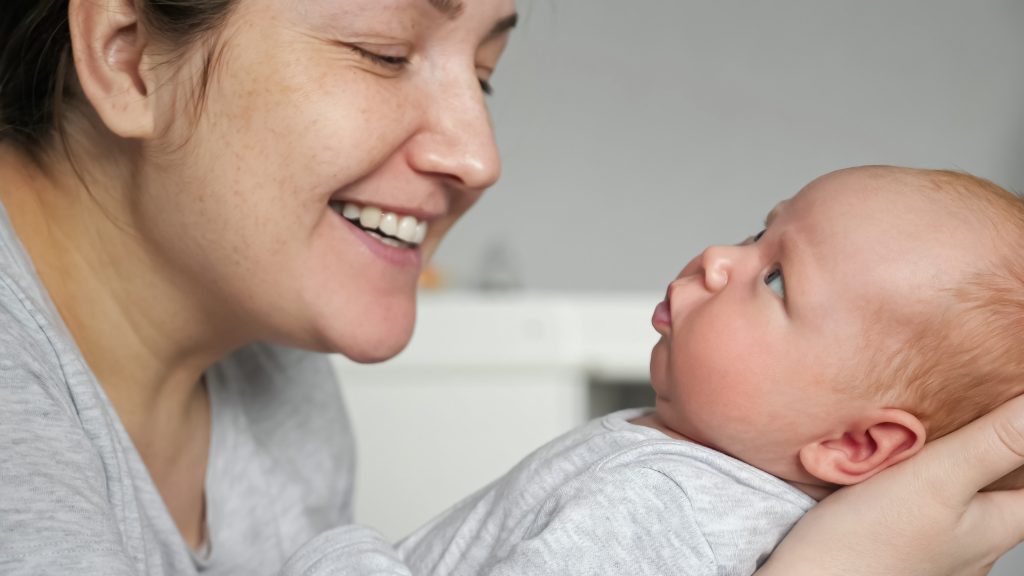
Babbling is an exciting milestone in a baby’s language development journey. It serves as a foundation for their future speech and communication skills. While every baby develops at their own pace, there is a typical age range when most babies start babbling.
Typical Age Range for Babbling
- Most babies begin to babble around 6 to 9 months of age.
- It’s during this period that they start experimenting with different sounds and vocalizations.
- At first, their babbling may consist of simple cooing sounds and vowel repetitions.
- As they progress, they start producing more varied sounds, including consonant-vowel combinations and single syllables like “ba” or “ma.”
4 Major Factors That Influence Babbling
Several factors can influence the timeline of when babies start babbling:
1. Individual Variation
Babies reach milestones at their own pace, so it’s important to remember that the age range for babbling is just a general guideline.
2. Hearing Ability
Good hearing is essential for babies to learn and imitate sounds. If a baby has hearing difficulties, it may delay their babbling development, making it important to have their hearing tested.
3. Language Exposure
Babies learn through imitation, so exposing them to a rich and diverse language environment can encourage earlier babbling. Talking, singing, and reading to your baby regularly can make a significant impact.
4. Motor Development
Babbling involves coordinating the muscles needed for speech. If a baby has delayed motor development, such as weak oral muscles, it might affect their ability to produce sounds.
Encouraging Babbling
As a parent, there are ways you can encourage and support your baby’s babbling development:
- Engage in vocal play by imitating their sounds and responding to their babbling attempts.
- Create a language-rich environment by talking, singing songs, and reading books to your baby.
- Use simple and repetitive sounds, like “ma-ma” or “ba-ba,” to encourage them to imitate you.
- Provide age-appropriate toys that stimulate their language skills, such as rattles and interactive books.
Remember, the key is to create a nurturing and responsive environment that encourages exploration and communication.
Babbling is an important step in a baby’s language progress. While the typical age range for babbling is between 6 and 9 months, it’s important to focus on individual variation and provide a supportive environment that promotes your baby’s language development.
Encouraging babbling not only lays the foundation for their future speech but also strengthens the bond between you and your little one.
The Stages of Babbling
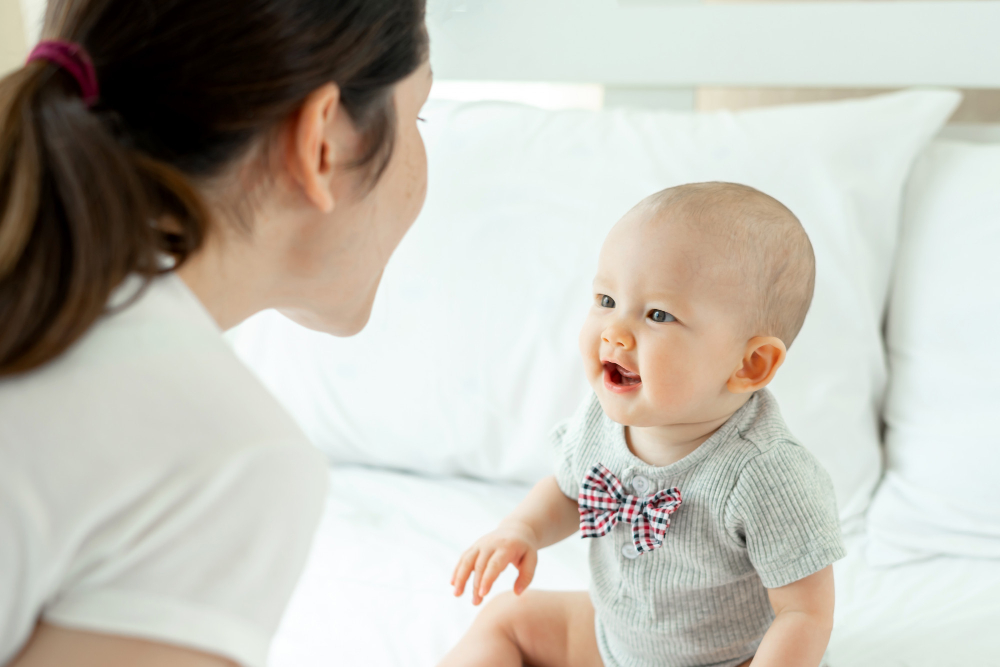
Babbling is a fascinating and important part of a baby’s language development journey. As they explore the world of communication, babies go through different stages of babbling.
Let’s take a closer look at these stages:
Marginal Babbling
- In the early months of a baby’s life, they engage in what is known as marginal babbling.
- This stage typically begins around 4 to 6 months of age.
- Marginal babbling involves producing a variety of different sounds, from consonant-like noises to vowel sounds.
- It’s important to note that at this stage, these vocalizations may not resemble actual words or have specific meanings.
- Instead, babies are experimenting with their vocal abilities and exploring the sounds they can produce.
Reduplicated Babbling
- Reduplicated babbling, also known as canonical babbling, is the next stage in the babbling process.
- It usually emerges when babies are around 6 to 9 months old.
- During this stage, infants start producing repetitive syllable-like sounds, such as “ba-ba” or “ma-ma.”
- These repetitive sequences demonstrate that babies are beginning to develop the ability to control their vocalizations and imitate sounds they hear in their environment.
Jargon
- Around 9 to 12 months of age, babies enter the jargon stage of babbling.
- This stage involves the production of babbling that sounds more conversational and may resemble the intonation and rhythm of actual speech.
- Babies may use a combination of consonant and vowel sounds, along with gestures and facial expressions to communicate.
- While it may sound like they are having a conversation, the content of the babbling is still nonsensical.
It’s important to note that the timing and progression through these stages may vary slightly for each baby. Some infants may reach these milestones earlier or later than others, and that is perfectly normal.
What matters most is that they are engaging in vocal play and developing their communication skills at their own pace.
Encouraging your baby’s babbling during these stages can be a great way to support their language development. Responding to their vocalizations, engaging in back-and-forth conversations, and imitating their sounds can all help strengthen their communication skills.
Remember, if you ever have concerns about your baby’s language progress or suspect a speech delay, it’s always a good idea to consult with a pediatric speech-language pathologist or your child’s doctor. They can provide guidance and support to ensure your little one’s language development is on track.
Sources:
Smith, Linda B. “Early Development of Language.” Encyclopedia on Early Childhood Development (2012)
“Babbling.” American Speech-Language-Hearing Association. Accessed November 8, 2021.
Encouraging Your Baby to Babble
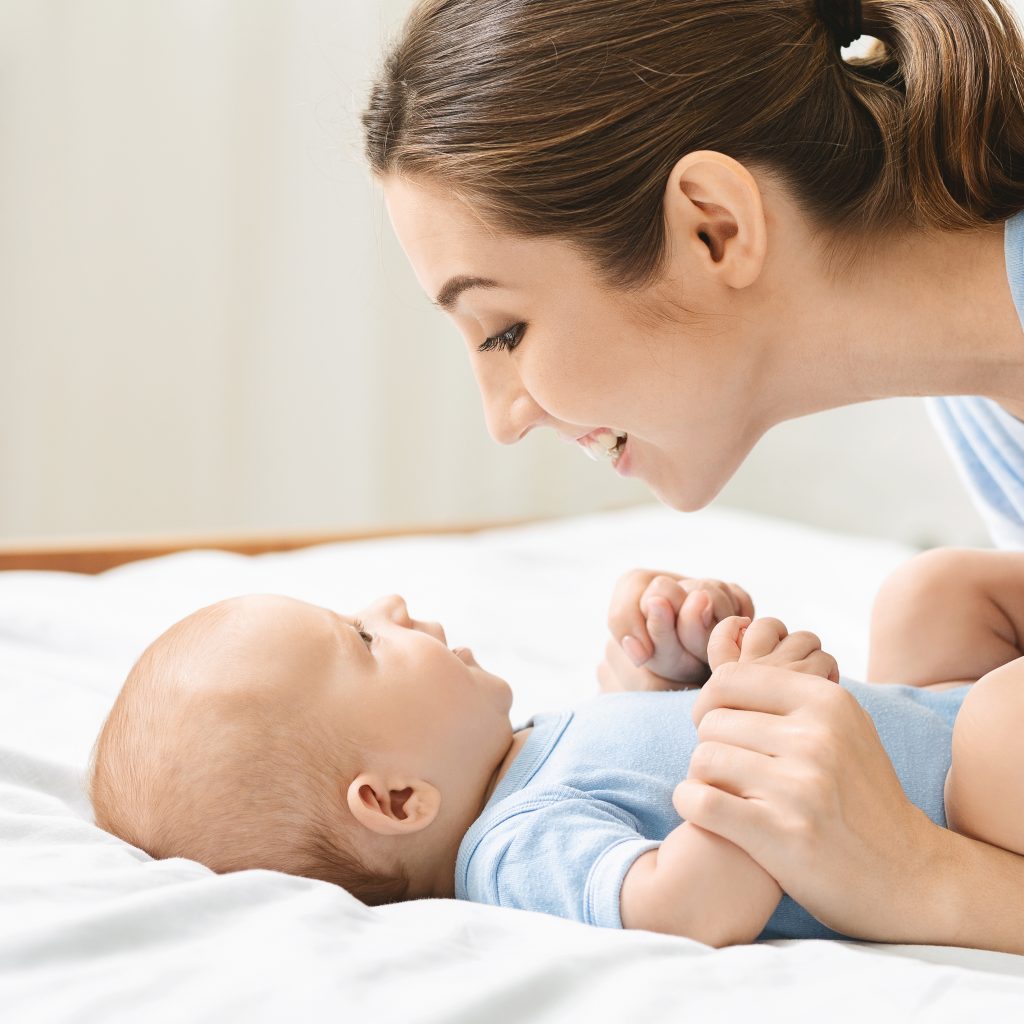
Babies are born with an innate desire to communicate and interact with their caregivers. As parents, there are various ways you can support and encourage your baby’s babbling, which plays a crucial role in their language development.
Here are some practical tips and techniques:
1. Engage in Conversations
- Talk to your baby throughout the day to create a language-rich environment.
- Respond to their coos and babbles as if having a conversation, using a higher-pitched, sing-song voice.
- This encourages turn-taking and helps them understand the basics of communication.
2. Mimic and Repeat Sounds
- Immerse yourself in your little one’s vocal exploration by imitating their sounds.
- Repeat simple babbling patterns, such as “ba-ba” or “ma-ma,” which can serve as an early imitation exercise.
- Promote the development of new sounds and syllables.
3. Sing Songs and Nursery Rhymes
- Music is a powerful tool for language development.
- Singing nursery rhymes or simple songs with repetitive sounds and actions can capture your baby’s attention and aid in their vocalization practice.
4. Use Sound Toys and Interactive Games
- Introduce toys that produce different sounds, such as rattles, squeaky toys, or musical instruments.
- Engage your baby in interactive games that involve making sounds, like “peek-a-boo” or blowing raspberries.
- These activities stimulate their vocal play and encourage them to experiment with new sounds.
Remember, the most important thing is to provide a supportive and engaging environment for your baby to explore their communication skills. If you have concerns about your baby’s babbling progress or suspect a speech delay, don’t hesitate to consult a pediatric speech-language pathologist or seek early intervention services.
By nurturing your baby’s language skills during this crucial milestone, you are setting the foundation for their future communication abilities.
When To Worry About Baby Babble

As parents, it’s natural to be concerned about your baby’s development, including their babbling skills. While every child is unique and develops at their own pace, there are certain red flags to look out for regarding baby babble.
If you notice any of the following signs, it may be time to seek further evaluation:
Limited or Absent Babbling
If your baby isn’t producing any babbling sounds by around 7 to 9 months, or if their babbling remains minimal and doesn’t progress, it could indicate a potential delay in their language development.
Lack of Varied Sounds
Babies typically experiment with a wide range of sounds during their babbling stage. However, if your baby consistently produces the same sound or lacks variability in their babble, it may be worth discussing with their pediatrician or a speech-language pathologist.
Difficulty in Responding to Name or Sounds
If your baby does not respond to their name being called or shows little interest in sounds in their environment, it may be a cause for concern.
Regression or Loss of Skills
If your baby has been babbling and then suddenly stops or loses previously acquired babbling abilities, it’s important to consult a healthcare professional.
Remember, while these signs may indicate a potential speech delay, it’s important to consult with your child’s doctor or a speech-language pathologist for a proper evaluation. Early intervention and appropriate therapies can significantly improve your baby’s language development.
FAQs: When Do Babies Start Babbling?
Remember, every baby develops at their own pace, and it’s important to celebrate the milestones they achieve along the way. If you have any concerns about your baby’s babbling or language development, don’t hesitate to reach out to your child’s healthcare provider or a speech-language pathologist.

